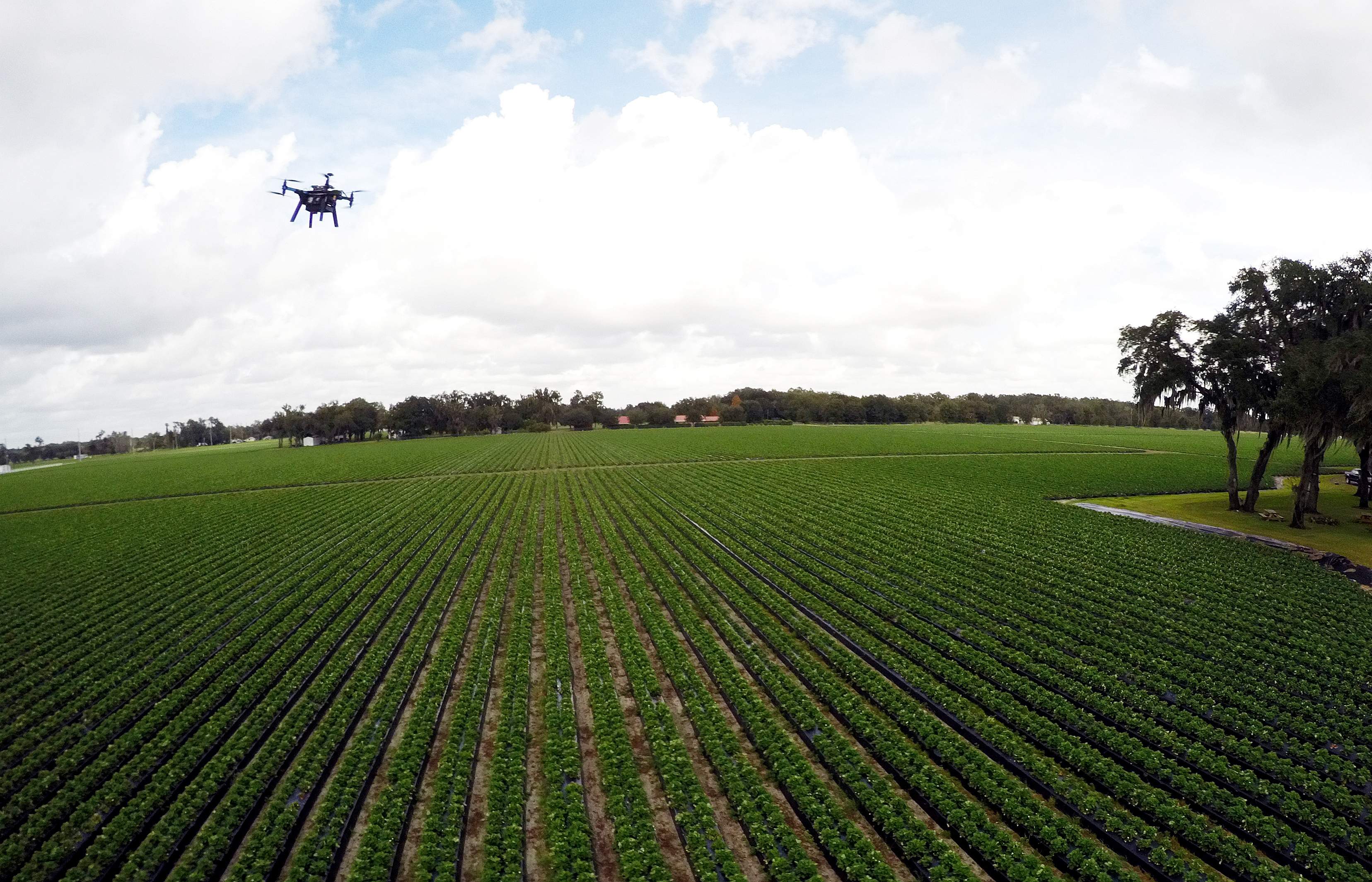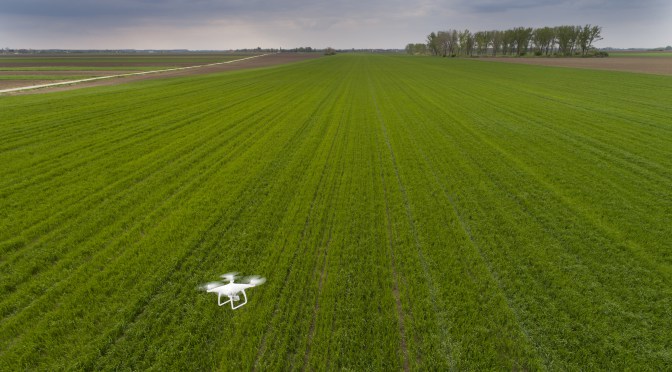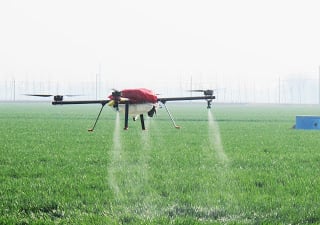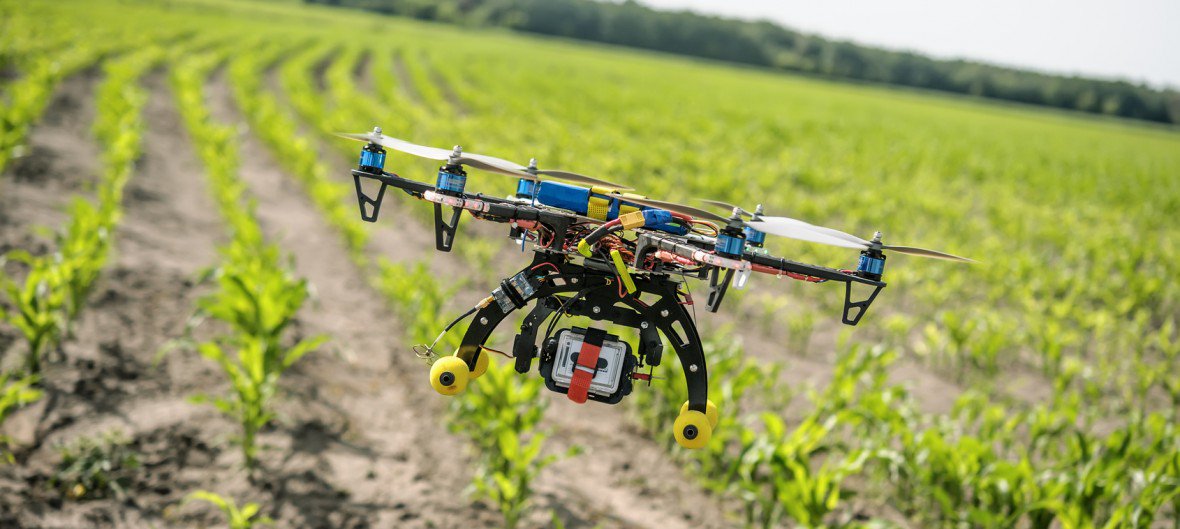Have you ever flown a drone? Do you know all the crazy cool things you can do with a drone, such as take aerial videos of your house or neighborhood, use it to chase weather storms, or scope out your hunting grounds? Did you know you can also use drones for farming?
Unmanned Aerial Vehicles, otherwise known as drones, have been commercially used since the early 1980’s. Starting out in military strategies, the practical uses of drones has been growing faster than ever. Because the agricultural industry is so crucial for our survival, many are working to maximize the functions of drones for agriculture. Over 33% of farmers are using drones for their crop production. From automated planting to crop management with real-time monitoring, drones play a vital role in the future of farming.
Soil and Field analysis: By producing 3D maps, drones can be used for early soil analysis. They can be useful in creating seed planting patterns as well as monitoring irrigation and nitrogen levels.
Planting: It has been shown that drones can reduce planting costs by 85% by shooting pods of seeds and plant nutrients into soil. This helps provide plants all the nutrients they need to grow.

Crop Spraying: Drones have the technology to scan the ground, spray the right amount of liquid, and evenly cover the crops. This will increase efficiency by reducing the amount of chemicals that penetrate the groundwater and work five times faster than traditional machinery.

Crop Monitoring: A farmer's largest obstacle is having too much land to monitor everything. With drones, we are can see time-series animation showing the precise development of crop and if there were any inefficiencies.

Irrigation: Due to their hyperspectral, multispectral, and thermal sensors, drones can identify where the fields are dry and need improvements. Drones can also show the relative density and health of the crop by showing the amount of energy or heat the crop emits.

Health Assessment: Drones are also useful in showing bacterial or fungal infections on trees using visible and near-infrared light. This can help track changes in the plants along with indicating their health. Being able to discover these remedies from the beginning can not only save your crops but be able to document losses more efficiently for insurance claims.

If you or someone you know if looking to learn more about drones and the basic flight characteristics, our Introduction to Drone Flight course coming in April is just what you need! To learn more visit cetrain.isu.edu or call 208-282-3372.

.png?width=220&name=Do%20You%20Pocatello%20Podcast_%20(1).png)
